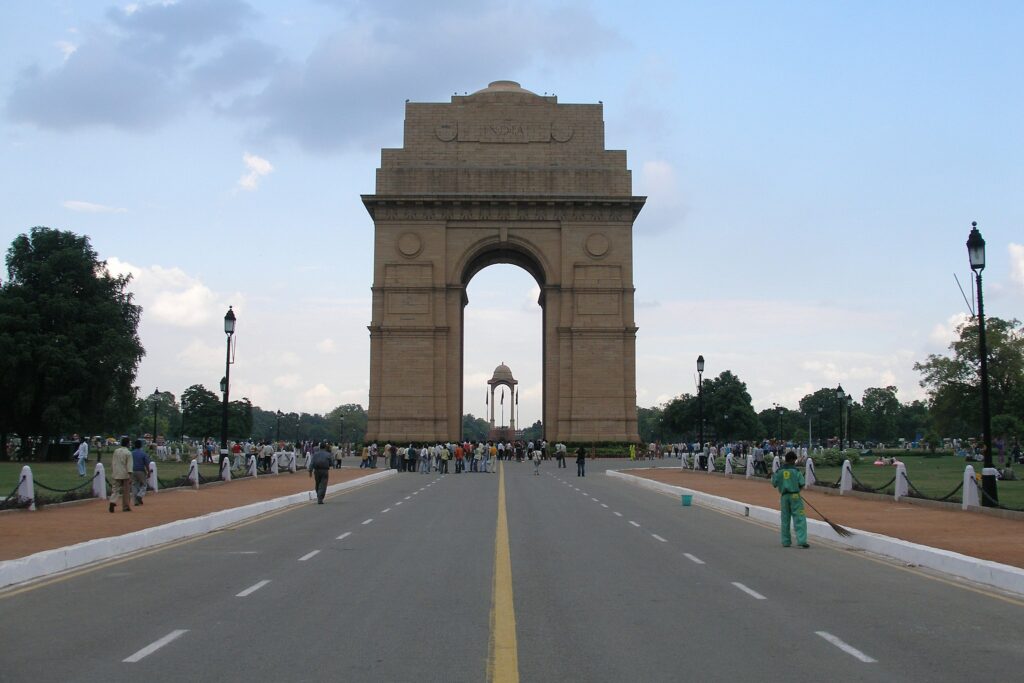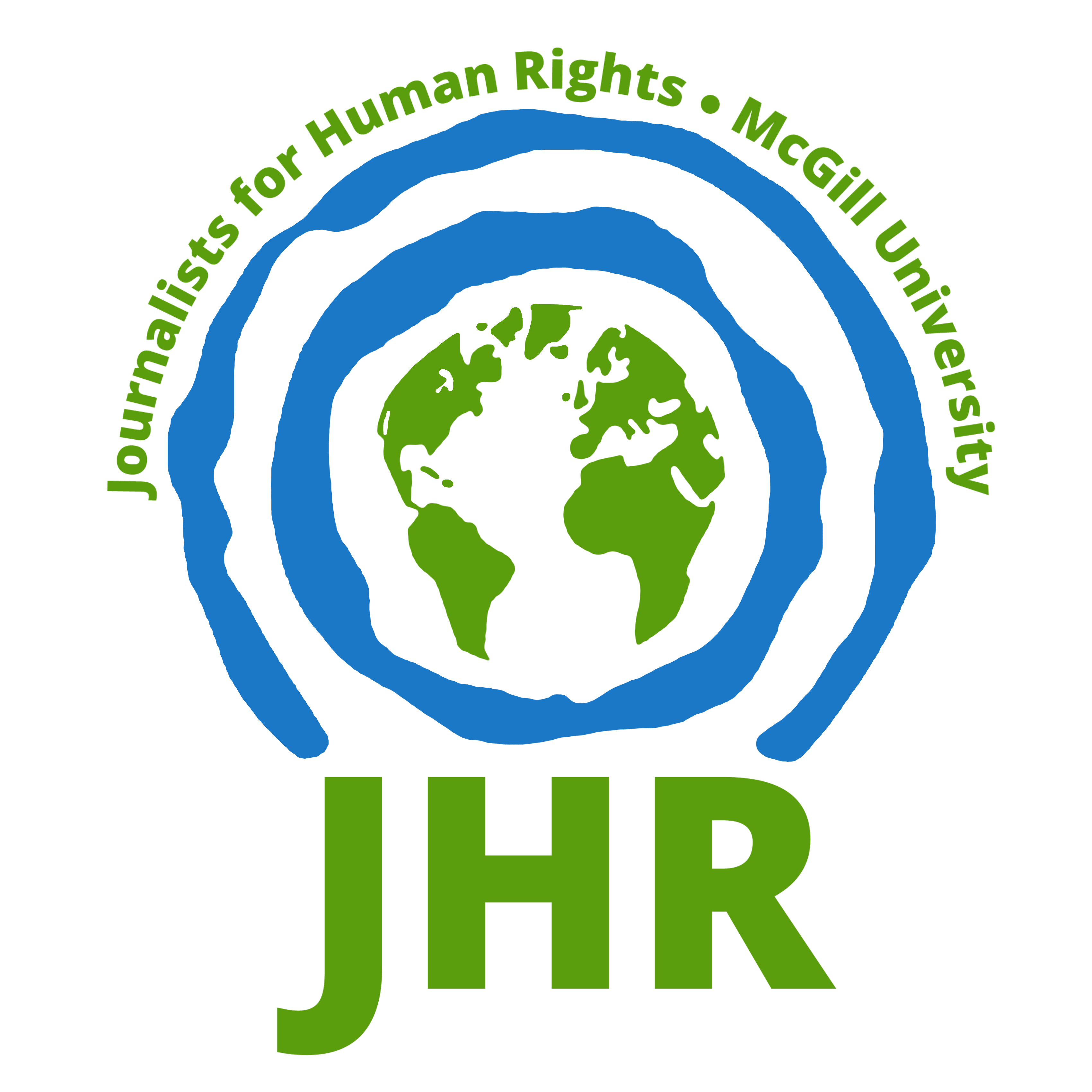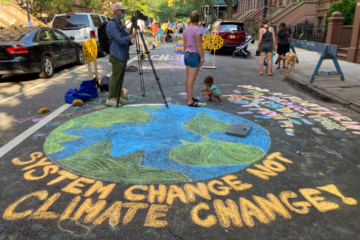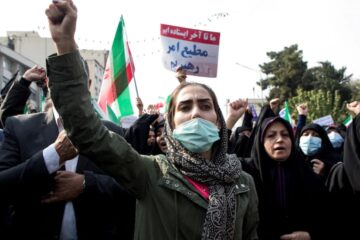
On June 12, 2025, Air India Flight 171 crashed shortly after takeoff in Ahmedabad, killing at least 271 people. But amid the grief and devastation, another disturbing event unfolded—one that didn’t take place in the air, but across social media feeds around the world. Rather than sympathy, comment sections on platforms like Facebook, Instagram, and X were flooded with dehumanizing jokes and racist slurs targeting Indian victims.
Comments ranged from mocking Indian cuisine—”It was the curry chicken to blame”—to reducing lives lost to immigrant stereotypes: “Fewer Uber drivers in London now.” Others explicitly celebrated the deaths: “Less Indians is a good thing”.
This wave of hatred was not spontaneous. It’s the latest eruption of a deeper, more systemic pattern: the normalization of anti-Indian racism online. And in countries like Canada, where Indian immigrants form one of the largest and most visible diasporas, that normalization has been years in the making.
In 2023 alone, Indian nationals made up over 30% of Canada’s new permanent residents. Yet that same year, reports of anti-South Asian hate crimes surged, rising 143% between 2019 and 2022. The reasons are not hard to trace: in a climate of housing shortages, inflation, and overloaded public systems, it has become politically convenient to pin the blame on international students and immigrants. Punjabi youth in particular—highly visible due to language, dress, and neighborhood concentration—have become convenient scapegoats.
This process is amplified by online media. Pages like 6ixBuzz routinely feature sensationalist content with dog-whistle undertones, baiting commenters into racialized outrage. As documented in ABC’s coverage of the crash, users used the tragedy as a launching pad for bigoted tropes, accusing Indians of being scammers, “smelly,” or somehow deserving of death.
This is not merely a failure of content moderation—it is a systemic design flaw that enables and rewards hate at scale. In North America, anti-South Asian abuse surged during election cycles, as documented in Stop AAPI Hate’s Empowered/Imperiled report, which found that South Asians were disproportionately targeted in 2024 (Stop AAPI Hate, 2024). In India, the scale and normalization of hate speech has reached an institutional level. According to a February 2025 report by the India Hate Lab, hate speech incidents against minorities rose by 74 per cent in 2024, with a total of 1,165 documented cases—98.5 per cent of which targeted Muslims (BBC, Feb 11, 2025). The majority of these incidents occurred in BJP-governed states, and the BJP itself organized 340 hate-linked events—a 580 per cent increase from 2023.
These events included political rallies, religious marches, and protests, many of which featured calls to violence, economic boycotts of Muslim-owned businesses, and threats to destroy Muslim homes and places of worship. When the Indian state not only fails to regulate hate speech, but actively perpetuates and legitimizes it through elected officials and state-backed events, the impact is not contained within its borders. The ripple effects extend across diasporic communities, where Indians of all faiths become racialized and collectively targeted. The message sent is simple: if the Indian state dehumanizes its own, why shouldn’t the rest of the world?
In Canada, anti-Indian sentiment has also made its way into public policy. When a TikTok hoax falsely alleged that Indian immigrants had defecated on Wasaga Beach, Premier Doug Ford responded—not by dispelling the lie—but by promising public washrooms and staff. The result was clear: misinformation rooted in racism can influence real-world governance.
There’s a deeper irony here. Canada’s post-secondary institutions and private colleges aggressively recruit Indian students with promises of economic mobility and immigration pathways. But once they arrive, students are thrust into precarious housing, low-wage work, and increasingly hostile communities. They’re exploited by agents abroad, drained by tuition fees, and then vilified as drains on public services.
And when tragedy strikes—when their planes crash, when they die—those same systems refuse them dignity. They are laughed at. Their deaths become memes. This is not just about India. It’s about a broader social media architecture built to reward outrage, sensationalist stories, and political structures too weak or too complicit to resist it.
If Canada is serious about inclusion, then symbolic diversity will not suffice. Governments must punish predatory education brokers, invest in housing and healthcare infrastructure, and refuse to let misinformation dictate policy. Social media companies must be held to account for hosting and profiting from hate. Until then, the message to Indian immigrants is loud and clear: You are welcome here, but only as long as you do not suffer, speak, or exist too loudly.
Edited by Callixte Baron and Norah Nehme.




